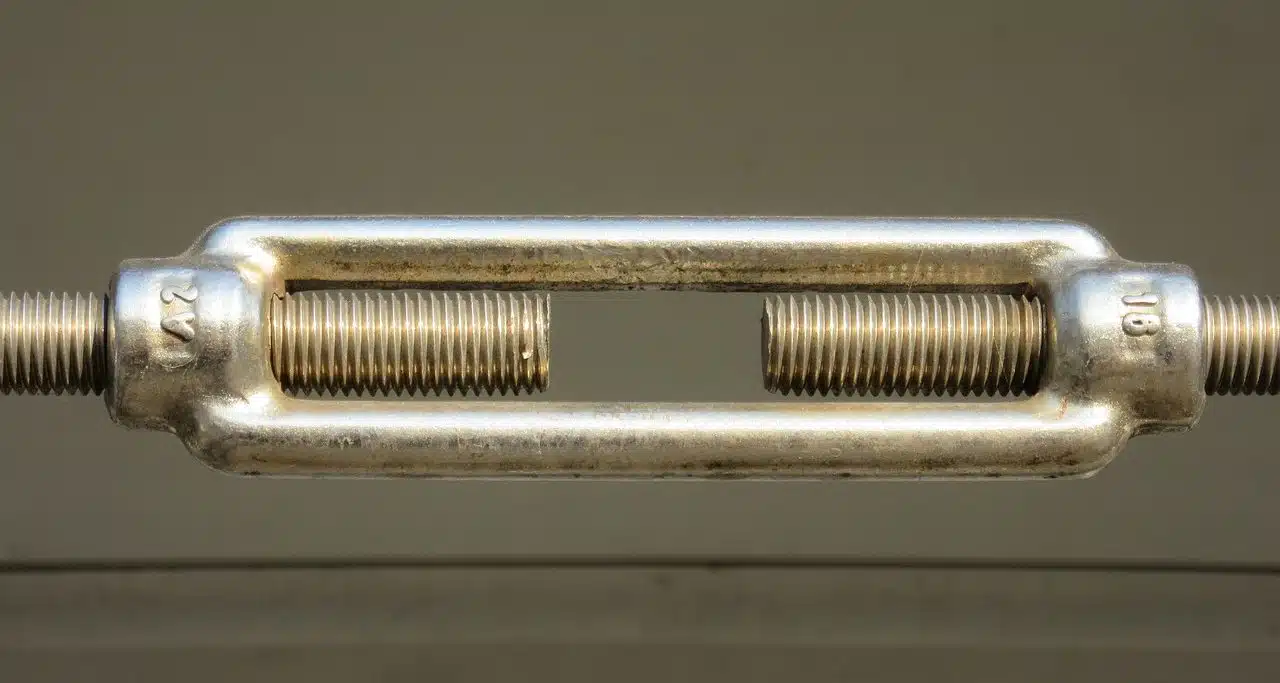
A tensioner is an element that allows something to be tensioned.
Tensor is a term that can be used as an adjective or as a noun . In the first case, it refers to that which causes or can cause tension .
When used as a noun , the notion of tensor can refer to different issues. At a general level, the term refers to that which is used with the aim of tightening something . For example: "The storm destroyed a tensioner on the bridge and traffic had to be interrupted" , "The tests indicated that the tower collapsed due to the poor condition of the tensioner" , "We have not yet received the tensioners to install the antenna and be able to begin with transmissions .
Bridge tensioners
As can be seen in one of the examples in the previous paragraph, this concept is related to bridges , specifically suspension bridges, which take advantage of the great resistance capacity of steel cables to withstand constant traction . In short, suspension bridges have two or more support towers that are located at a certain distance from each other, enough for the road or a section of it to be placed between them, and their purpose is to transmit to the foundation soil the loads.
Regarding the materials and geometric shapes of the support towers , there is a great variety; They are generally founded in reinforced concrete , to resist constant contact with land and water, and have a superstructure of steel or wood, among other possibilities. The main cables are placed in its upper part, which extend from the base of one tower to the base of the next; They must be made of highly resistant steel, since they must withstand almost all the loads that the bridge receives.
Between one tower and another, and from each main cable, many tensioners must be suspended, at equal distances from each other and oriented vertically ; They can be cables of a smaller diameter than the main ones, or iron rods that are screwed at the end. Between each tensioner there is usually an average distance of 5 meters. Transverse elements, steel beams or other materials, hang from its base, which cross the width of the bridge structure . Likewise, they support other beams along the bridge, which serve to interconnect all the tensioners.

Suspension bridges have tensioners.
The Golden Gate
One of the best-known suspension bridges is the Golden Gate , which translates as Golden Gate , located in San Francisco Bay in the state of California , United States .
Its imposing appearance and its characteristic red color appear in countless North American films, which is why it has become one of the symbols of the country worldwide.
Tensor in geometry and physics
For geometry , a tensor is an entity composed of various magnitudes that depend on the coordinates. The values of the tensor vary according to the coordinate system chosen.
In physics , on the other hand, a system formed by magnitudes of the same type that coexist is called a tensor. These magnitudes, in this way, can be ordered in columns and rows just like the elements that are part of a matrix ; Therefore, it is possible to apply the same rules to them as to matrix calculations.
To understand what a tensor is for geometry and physics, you have to know that quantities have different categories according to the degree of freedom (that is, the smallest number of real numbers that are needed for the complete determination of the state ). We can differentiate between scalar quantities (whose representation can be made with a single number), vector-type quantities (several numbers are required) and quadratic quantities (they require a matrix with various indices).
While scalar quantities and vectors are specific cases of tensors, quantities of quadratic form can only be conceived as tensors. The number of indices that allows us to distinguish between scalars, vectors and tensor quantities is called the range of the tensor .
